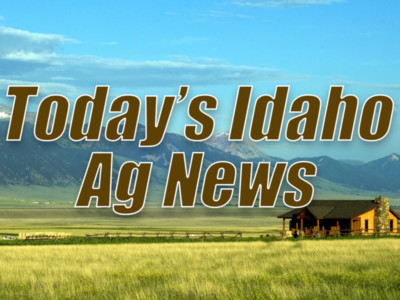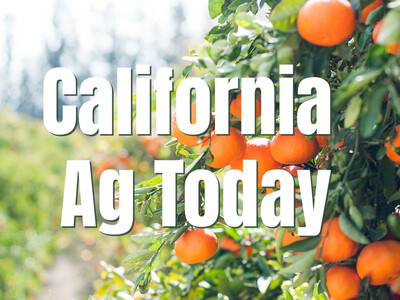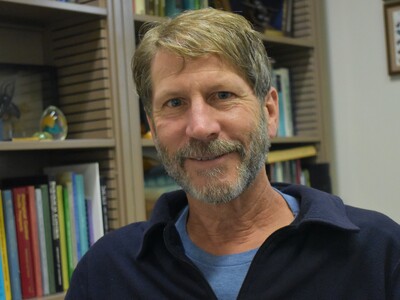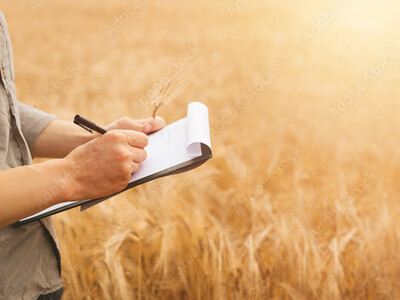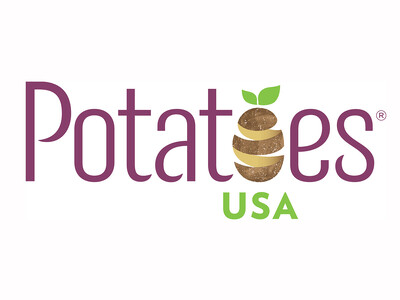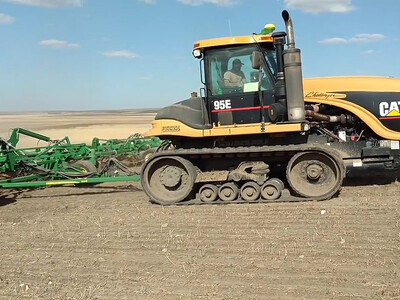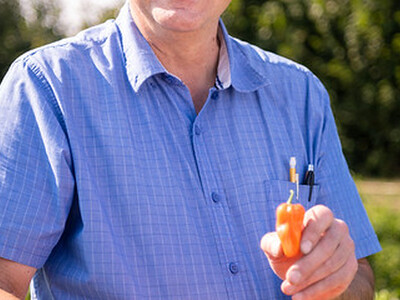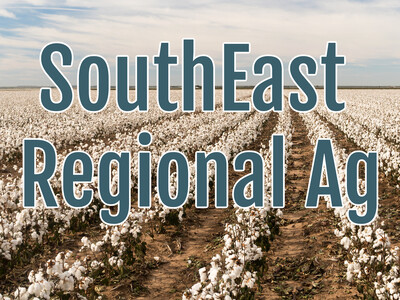12-24 IAN No Till Again
Scientific American once devoted a whole section of their magazine to the farming practice called no-till. Even to this day, most farmers worldwide plow their land before planting. This practice of turning over the soil buries crop residues, animal manure and troublesome weeds. It also aerates and warms the soil. Doesn't that sound like a perfect solution for farmers. But just like yesterday when I talked about wind energy, there is always a controversy. For example, plowing the soil also presents problems. It leaves it vulnerable to erosion by wind and water. Tillage can lead to degraded land which is one of the most serious environmental problems worldwide—and poses a threat to food production. Furthermore, tillage can promote the runoff of sediment, fertilizers and pesticides into rivers, lakes and oceans.Contrast that with no-till farming which minimizes soil disruption. Here's Hans Kok, University of Idaho Soil Conservation scientist: "The no-till system is a farming system where we replace tillage by either crop rotation and/or herbicides. It takes a lot less time to spray out weeds than it does to do a tillage operation on those weeds.
No-till farmers leave crop residue on the fields after harvest, where it acts as a mulch to protect the soil from erosion and fosters soil productivity. When it's time to plant again farmers use specially designed seeders that penetrate through the residue to the undisturbed soil below, where the seeds can germinate and surface as the new crop. Professor Kok says you can bury fertilizer with the seeds you're planting.




